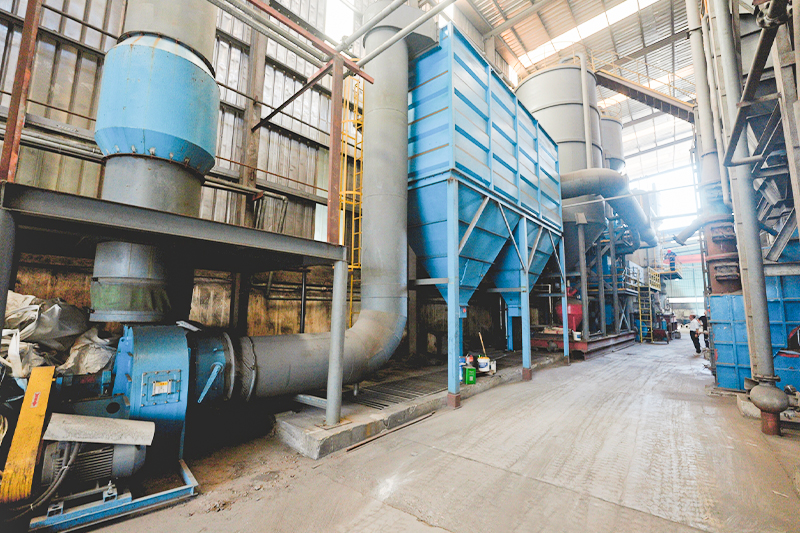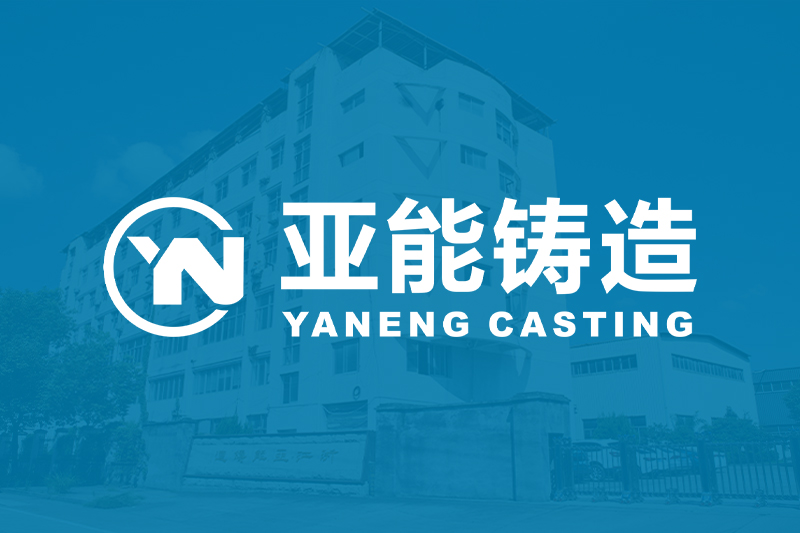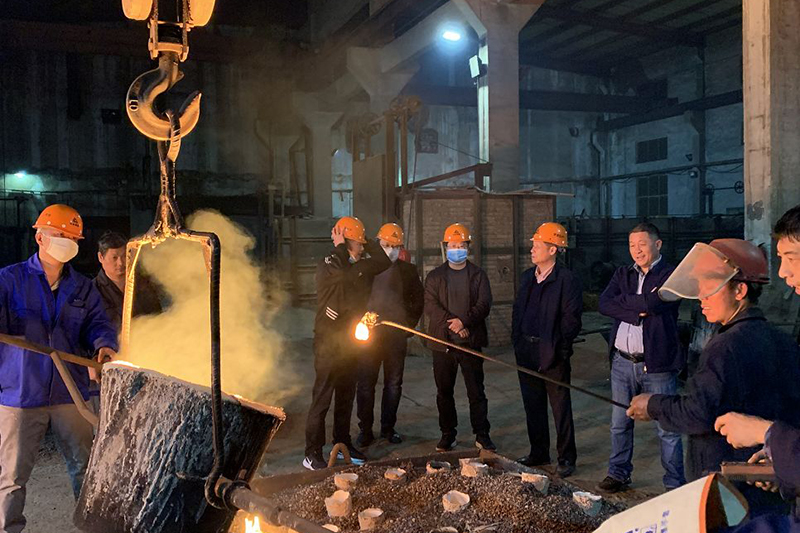casting process design
Casting process design involves the process design of the parts themselves, the design of the pouring system, the design of the filling and shrinking system, the design of the air outlet, the design of the quenching system, and the design of special casting processes.
The process design of the part itself involves the selection of machining allowance, pouring position, parting surface, casting process parameters, size tolerance, shrinkage rate, mold start angle, correction amount, parting negative number, etc.
The pouring system is a channel that guides the molten metal into the mold cavity. Whether the pouring system is designed reasonably or not has a significant impact on the quality of the casting, which can easily cause various types of casting defects, such as insufficient pouring, cold shut, sand flushing, slag inclusion, inclusion, and sand inclusion. The design of the pouring system includes the selection of the pouring system type, the selection of the inner gate position, and the determination of the cross-sectional dimensions of each component of the pouring system. In addition, the choice of pouring system is also very important, so how can we choose the correct pouring system?
For mechanized assembly lines and large-scale production, in order to facilitate production and ensure the quality of castings, the inner gate is generally set at the parting surface of the mold. According to the pouring position of the casting blank and the selection of the parting surface, setting the inner gate at the parting surface of the mold is a "middle injection" pouring system. Liquid metal inevitably contains a certain amount of "slag" during the pouring process. In order to improve the slag blocking ability of the pouring system, it is suitable to use a "closed" pouring system.
In the casting process, the design of the casting process has a significant impact on the quality of the cast product, but the selection method of the gating system cannot be ignored.
The design of a feeding and shrinking system is an engineering technique that involves reasonable design of risers and subsidies to compensate for the volume shrinkage of liquid and solid phases generated during the solidification process of castings, in order to obtain sound castings.
The air outlet is used to discharge gas from the mold cavity, improve the filling ability of the metal liquid, eliminate supercooled metal liquid and floating slag that were first filled into the mold cavity, and can also be used as a sign to observe whether the mold cavity is filled.




